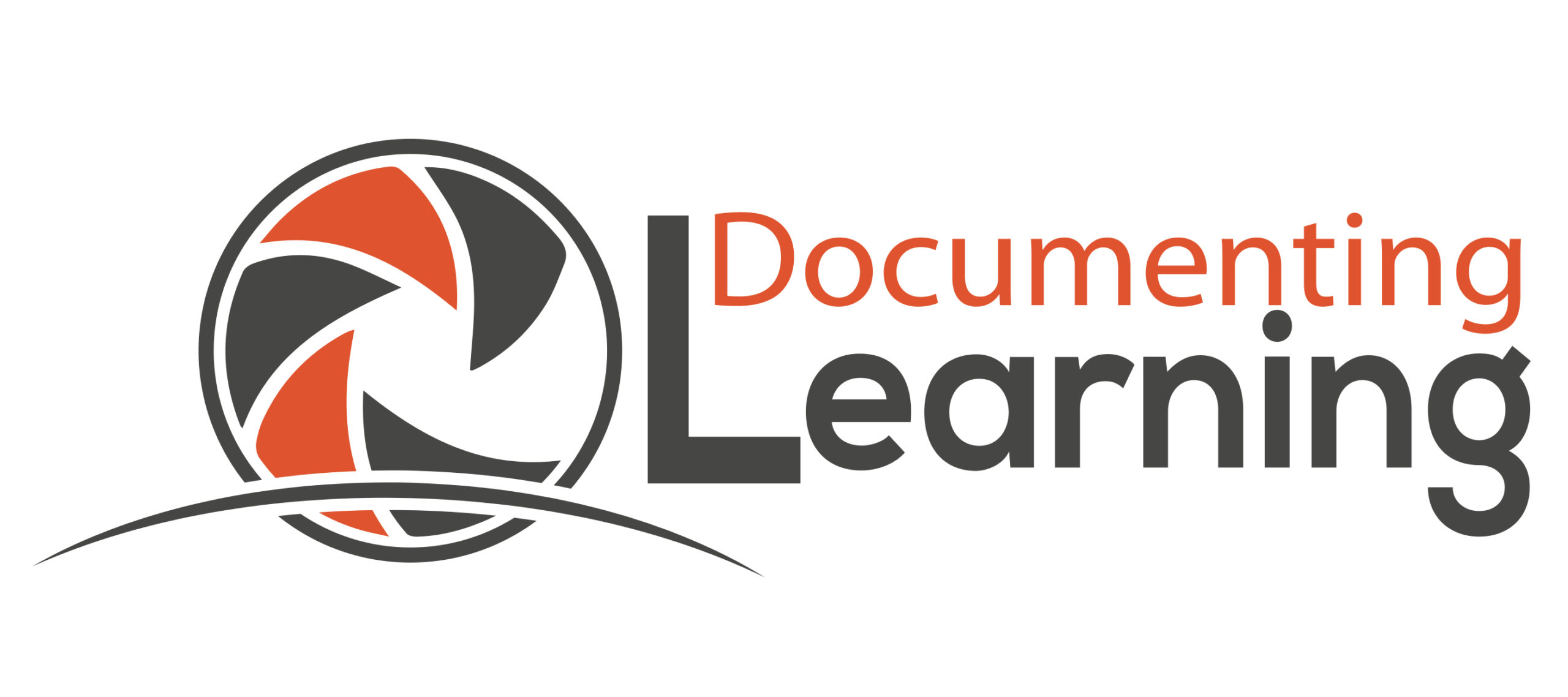It is common practice in many schools to ask administrators, educators, and students to create learning goals in the beginning of the school year. These goals may be extrinsically motivated or deeply personal and intrinsically motivated.
What are learning goals?
Every school year is an opportunity to focus on a specific area of desired learning growth. Here are a few professional goals teachers might choose for themselves:
- become more tech savvy
- implement blogging as another form of pedagogy
- become a leader in piloting a STEAM program at the school
- mentor new teachers
- increase the target language spoken in the classroom
- teach cross-curricular units of study with a colleague
- connect students globally virtually and through the use of social media
Oftentimes, professional learning goals are written as a sentence or statement. But do they have to be? While there is value in doing so, much can be captured and conveyed through a thoughtfully chosen one-word learning goal.
One Word
In the Blogger- and Twittersphere the hashtag #oneword has become quite popular when making new year resolutions.
Likewise, #onewordEDU has become popular with educators to share their one word that captures the essence of an academic-year learning goal. It has become a tradition for many to repeat this every new school year to focus their efforts, reflect on what they stand for, and to push their growth in a certain direction. Many teachers are transferring this valuable reflective exercise into their classrooms with their students, as well.
Tech in Teaching shares the following steps to create a one-word learning goal:

For Challenge 7 you will create your own #oneword learning goal and write a blog post about why you chose that one word.
Here are the steps to follow for this challenge:
1. Reflect on your potential learning goals (even if it is not for a full calendar or academic year, it is better to get started than not create one at all!).
2. Choose one word that best captures your highest priority learning goal.
3. Create a visual image that conveys your one word (e.g., sketchnote, photograph with annotated word, video); save image/video to your desired platform/device to upload and embed hen creating your blog post. Here is an example a middle school faculty created to collectively share their words:
4. Embed your image or video into your created blog post and add a narrative to explain why you choose your one word.
5. Title, save, and publish your post.
After you have completed your challenge to create a one-word Learning Goal blog post, please include the URL link to your post with embedded photo (or video) in the Leave a Reply comment section below to share with us and your documenting community. Check back regularly to see what others have posted!
Added Amplification: Tweet out or share on Instagram the link to your one-word Learning Goal blog post, or write a short narrative explaining why you chose your one word and attach your one-word image or video. Either way, include the hashtag #documenting4learning, #oneword and/or #onewordEDU, and #DLBloggingChallenge7.
Here are two examples of tweets using #oneword, and one using #onewordEDU:



And here are a few examples of educators sharing their #OneWord in a narrative post on their blogs:
- My 2018 #Oneword By Rondy
- BEGINNINGS… By Susan
- My #OneWord for 2016 – Empowered By Janelle
- #OneWordEdu 2016-17 By Kendra
- How Reflecting On My Last #OneWord Goal Led To My New One By Aviva


